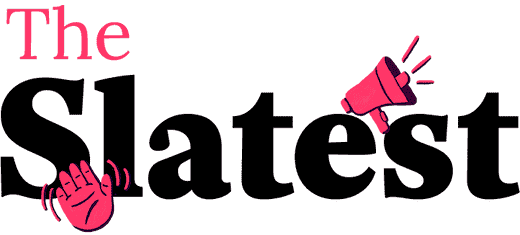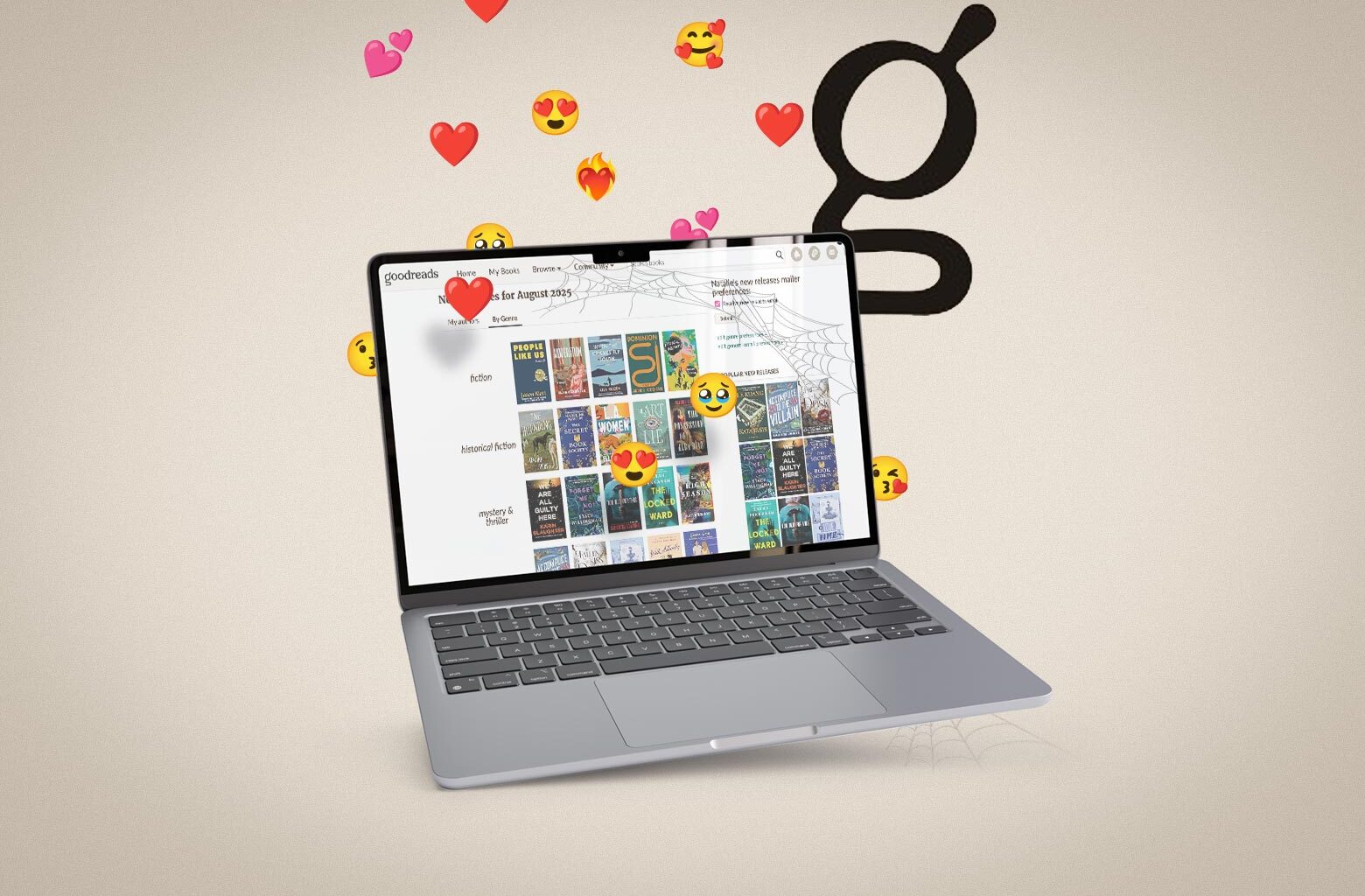Sign up for the Slatest to get the most insightful analysis, criticism, and advice out there, delivered to your inbox daily.
It is a truth universally acknowledged that Goodreads, the largest book-centric social network, is a merciless hellscape overrun by petty, perpetually aggrieved readers. The “one-star Goodreads review,” now a staple of internet culture, circulates on Bookstagram, BookTok, and BookTube in its most absurd forms—from multi-paragraph takedowns of beloved classics to brutal little zingers. (“Never reading a book written by a man ever again,” reads one for The Virgin Suicides.) Lauren Oyler devotes a chapter of her 2024 book No Judgment to Goodreads, generalizing about its legions of “amateur reviewers.” Even Slate’s own Scaachi Koul, in my favorite essay from Sucker Punch, describes Goodreads as a “democratized book review website steadily destroyed by people who can’t fucking read.”
And yet! I love Goodreads. With respect to grumpy legends, I don’t see myself, or most readers I know, in the caricature of Goodreads users as petulant and fundamentally unserious. Stupid little babies, if you will. I try to read generously. I am discerning but quick to delight, fully capable of holding contradictory ideas in my stupid little baby brain. I won’t deny the site’s many, many issues—it is, after all, a data trove for its parent company, Amazon—but I also can’t reduce it to that alone. Here I am, three paragraphs deep in someone’s 2017 review of Bluets. Now I’m liking their two-star review of Wuthering Heights (because the characters were mean). Goodreads is not a good website. But it might be the best website.
Is Goodreads, as a platform, intuitive? No. Beautiful? Certainly not. Does it work? More or less. The user experience borders on hostile. The site is beige and sluggish; the search function is uncooperative; “community features” like groups and polls are confusing at best. When Amazon acquired Goodreads in 2013, it chose not to overhaul the aging infrastructure, leaving the site much as it was when it launched in 2007: a digital proxy for browsing a friend’s bookshelves. Here, at least, it delivers. Goodreads offers nearly nothing except a no-frills system for tracking and categorizing what I’ve read and what I want to read. It tries to evoke the analog pleasures of owning books—the satisfaction of curating a personal collection.
“Goodreads offers some stability in a really, really fast-moving world,” said Lisa Nakamura, a University of Michigan professor who studies the intersections of digital media, gender, and race. “It’s keeping its UX to provide consistency and preserve an experience lost elsewhere.” After all, she pointed out, books themselves are concrete objects, constant on your shelf.
“They don’t change every time you look at them, unlike almost everything else.” In a digital age where so much feels ephemeral, a site built around chronicling what persists feels unique and valuable.
Most importantly, Goodreads is still where people go to talk about books. I read a lot of romance, a genre often sidelined in mainstream literary coverage, and it is here, on this ugly, broken website, that I find smart and serious conversations about the books I love. Being on Goodreads feels like belonging to a massive, asynchronous book club made up of roughly 150 million friends—plus Roxane Gay, Lucy Dacus, and possibly Luigi Mangione. Sure, some of those friends have really bad opinions, but that’s how real-world book clubs work, too. And while sleeker, more user-friendly alternatives exist—the StoryGraph, for instance, boasts 3.8 million active users—none rival Goodreads in scale or sway. The site, vast though it is, preserves a bloggy intimacy that feels increasingly rare, a holdover from a simpler, less centralized internet.
Not every part of Goodreads is worth preserving, of course. On paper, the site prohibits reviews that harass authors or readers, or that aim to manipulate a book’s rating. But lax moderation leaves books vulnerable to “review-bombing”: coordinated, bad-faith campaigns that flood a book’s page with one-star ratings, often before release—and disproportionately affect marginalized authors. Still, while many authors avoid their Goodreads pages, the site remains indispensable to others. When romance novelist K. J. Charles released her 2013 debut—a Victorian gay romance with fantasy and murder—her publisher warned that its niche appeal would limit its commercial prospects. “I’ve got a career because an early Goodreads reviewer went absolutely mad for my first book,” Charles told me. “There will always be readers who dislike your book. It’s profoundly irritating to get one-starred before you’re even finished writing it, but what can you do? You have to take the rough with the smooth.”
Charles’ description of taking “the rough with the smooth” feels entirely on point to me. The tech industry believes the future ought to be frictionless—every digital interaction streamlined, every task automated, and every delay or hurdle eliminated. ChatGPT responds instantly with plausibly human sentences; I can buy and then read a book without leaving my couch. The aim is always less: fewer steps, fewer choices, less time between wanting and getting.

Laura Miller
An Entertaining New Book Tells the Story of How Our Brains Turned to 💩
Read More
-
I Knew the Hollywood Version of My Parents’ Country. Returning There With Them Was Entirely Different.
-
J.D. Vance Has Found a Remarkable New Way to Seem Like an Entitled Doofus
-
This Content is Available for Slate Plus members onlyTravis Kelce Has One Test to Prove He Can Hang Outside of Football. He Simply Cannot Pass It.
-
It Claimed to Be One of the Country’s Most Successful Facilities. It Was “Brainwashing” Patients.
Goodreads, by contrast, is pure friction. Users manually log their books and wade through cluttered menus—a hellish, click-by-click ordeal befitting a government website. The platform is stubbornly unoptimized; it won’t anticipate your desires, let alone fulfill them. Even the simplest tasks, like searching for a book or finding a friend, require patience and persistence. Once, I might have found this annoying. These days, that very jankyness makes the Goodreads experience feel more deliberate, and in turn, more meaningful.
Recently, Goodreads introduced a swanky new logo: a stylized “G” shaped like a magnifying glass over an open book, symbolizing “the book discovery and sharing of perspectives that are at the heart of the Goodreads experience.” OK! The company also claimed, somewhat ominously, to be “hard at work on improvements, both public-facing and ‘under the hood,’ ” which raises the troubling possibility of real change. “It’s only a matter of time before they incorporate A.I.,” said Nakamura. “The real question is whether users will embrace it, because industries tend to respond to user sentiment. And the Goodreads user base isn’t like that of other apps.”
I can only hope the company treads lightly. Some things, after all, are worth the effort—including a website that makes you work for your pleasure. “Goodreads isn’t good in itself,” Charles said. “But you can sort of hammer something good out of it.”

Sign up for Slate’s evening newsletter.
